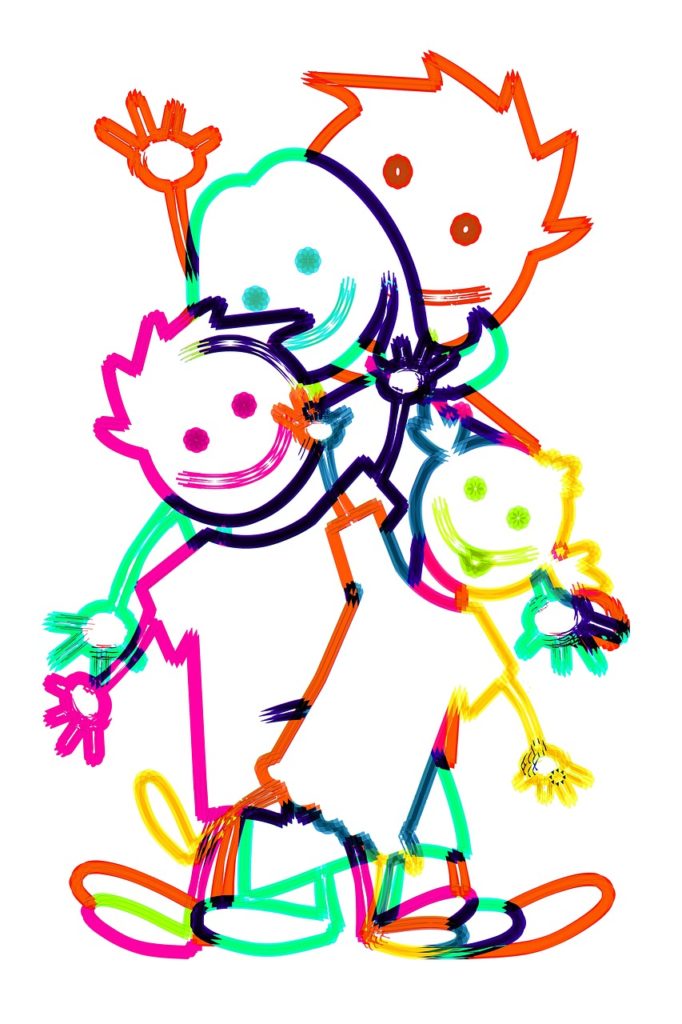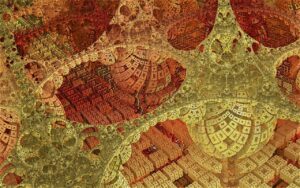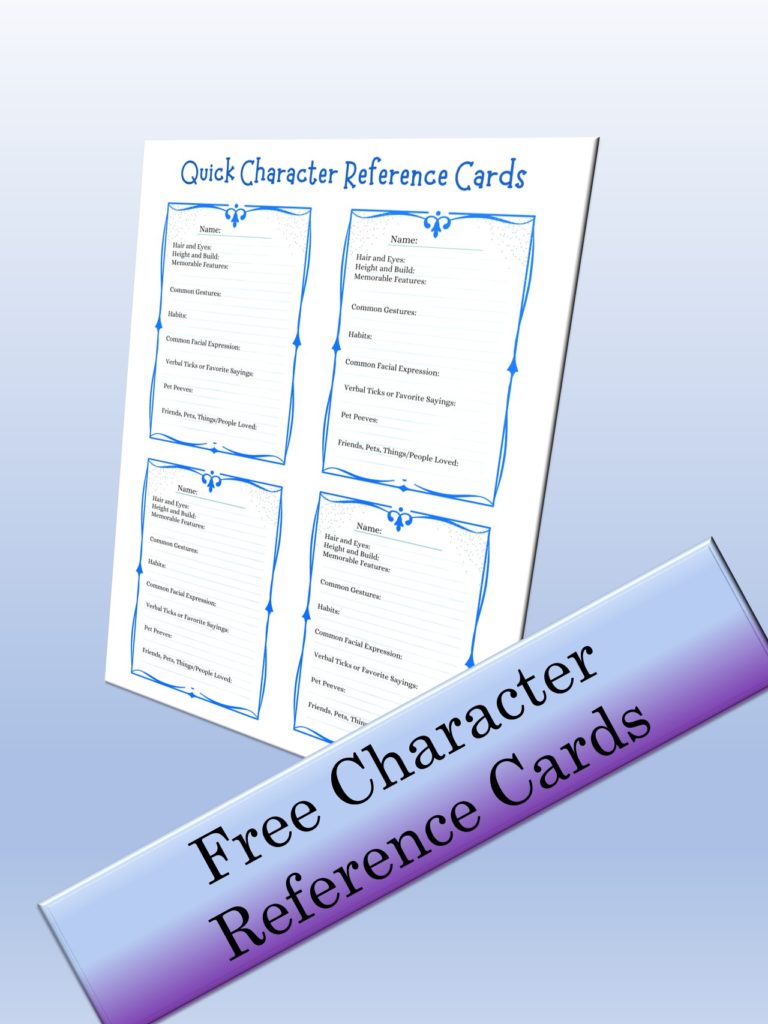Creating Characters: 3 Fundamentals that People Always Forget
Hey there, fellow story spinner! You know what makes our readers yawn faster than a boring meeting? Characters flatter than a pancake on a Sunday brunch. Now, we’ve all been there. A shiny new idea pops into our brain and we’re itching to let it loose in a tantalizing plot. But, oops! In the excitement, we sometimes end up giving our characters the short end of the stick. Don’t sweat it though. Building a character who’s as real and relatable as your best friend takes a bit of thought and care. But hey, remember our promise? We’re right here to
Creating characters that are both interesting and memorable is an essential skill for all writers. Nothing turns off a reader more quickly than a two-dimensional character. As writers, if we have a good idea, we want to jump in with our riveting plot. Unfortunately, that can lead to weaker character development. Creating a believable, relatable character requires careful planning. As we promised in the beginning, it’s time for us to turbocharge your writing skills in a fun and engaging way!

When Creating Characters, What is the Biggest Problem?
Picture this: a story as delicious as grandma’s apple pie, but the characters are as bland as unbuttered toast. We call this “weak characterization”. It’s like creating a stick figure when you’ve got a canvas begging for a vibrant portrait. These characters barely even touch the surface of what makes us human. They are one or two-sided at best, never showing the full spectrum of their potential. Imagine them as those old flipbook cartoons – no depth, no complexity. They’re just…there. Without any quirks, peculiar habits, or interesting personality traits, they end up as forgettable as last year’s New Year’s resolutions. Now, we don’t want that, do we?

Why is it Difficult to Avoid Weak Characterization When Creating Characters?
When Creating Characters, people tend to make one of three mistakes:
- Creating a character that is too perfect
- Creating a character without enough personality traits
- Not keeping a character consistent through a story
3 Fundamentals to Remember When Creating a Character

Tip 1: Characters Need Flaws
Think about it, what’s more snooze-inducing than a character who never trips up? No one in the real world is perfect, so why should your fictional character be any different? Those little imperfections, the goof-ups, the snags in their armor, those are what make a character intriguing and incredibly relatable.
Picture your favorite character from any book or movie. Chances are, they aren’t perfect. They might be clumsy, or too quick-tempered, or chronically late, or maybe they just can’t resist double-dipping their fries!
And here’s the cherry on top – flaws aren’t just about making your characters relatable; they’re also fantastic tools for character growth. A story where a character overcomes their flaws or learns to live with them can be deeply satisfying to read.
So next time you’re sculpting a character, don’t be shy to give them a couple of quirks and imperfections. Not only will it add depth and dimension to them, but it will also make your readers feel like they’re spending time with a real person. After all, we’re all perfectly imperfect in our own unique ways, aren’t we?

Tip 2: Characters Should be Three-Dimensional
Okay, picture a flat piece of paper versus a football. The paper is boring, right? That’s because it’s two-dimensional. But the football? It’s got curves, it’s got bounce – it’s three-dimensional! Just like your characters should be.
A three-dimensional character isn’t just a name on a page. They have a past that’s shaped them, dreams they want to achieve, and motivations driving their every move. Remember, everyone’s the hero of their own story, and your characters should be no different.
Maybe they’re chasing after a promotion to prove their worth, or maybe they’re scared of thunderstorms because they once got caught in a terrible one as a kid. Those tidbits of backstory, goals, and motivations – that’s where the magic happens. It allows you to dive deep into the ocean of their personality and explore the beautiful coral reefs and the dark, mysterious caves.
Creating characters with such depth doesn’t just make them more interesting, it also makes them more believable. Your readers won’t just see your characters – they’ll feel them, they’ll understand them. And once that connection is made, they’ll want to follow them, root for them, and experience their journey right along with them.
So next time you’re sketching out a character, remember: make them three-dimensional. Give them layers, give them life. Trust me, your readers will thank you for it!

Tip 3: Characters Need to Be Consistent
Imagine meeting a friend for coffee, and they hate lattes today even though they couldn’t get enough of them last week. Weird, right? Well, the same goes for your characters. Consistency is the secret ingredient in the soup of character creation.
Just as inconsistency in real people can be confusing and frustrating, inconsistency in characters can be just as maddening for your readers. It’s like hitting a pothole on a smooth road – it throws everything off balance. If your character starts out with a crippling fear of spiders, having them later on casually scoop up an eight-legged critter can make your reader go, “Wait, what?”
Remember, consistency doesn’t mean your character can’t change. Of course they can, and they should! Growth is a beautiful thing. But if your timid bookworm suddenly transforms into a daredevil without a convincing reason, it can snap your readers out of the spell of your story.
So, while painting your character with the brushstrokes of their personality, keep the colors consistent. This doesn’t just keep the plot tight, but it also helps your readers really get to know your character, relate to them, and stick with them for the whole wild ride.
So next time you’re weaving your narrative, make sure to keep a steady hand on the wheel of consistency. Your story will be all the better for it!

Fun Exercises to Flex Your Character Creation Muscles
Alright, my fellow word warriors, let’s get our hands dirty with these fun activities that are all about honing your character-creation skills using the tips we just explored. Roll up your sleeves and let’s dive in!
Flawed but Fabulous
Create a character with a peculiar flaw. Maybe they can’t tell a lie without hiccupping, or they’re mortally afraid of butterflies. Write a short scene showing how this flaw affects their daily life. Remember, the more unusual, the better!
Journey through Time
Pick a character flaw and write a mini-story about how it originated in your character’s past. Did a horrifying birthday clown incident lead to their fear of balloons?
Stepping into their Shoes
Imagine a day in the life of your character. What are their morning routines, their favourite foods, their pet peeves? The aim is to dive deep into their daily life to explore and understand them better.
Goal Digger
Create a character with a big, challenging goal – like climbing Mount Everest in roller skates. Now write a scene that shows what’s driving them to reach this goal. What’s their motivation?
From Flaw to Finesse
Write a story where your character’s flaw becomes their biggest strength. How does this transformation occur, and how does it impact their life?
360° Sketch
Draw a three-dimensional model of your character (no need for Picasso-level skills here!). Label each dimension with different aspects of their personality, backstory, and goals. This will help you visualize their depth and complexity.
Consistency Check
Write three different scenes with your character in different situations. Maybe they’re at a family dinner, stuck in a traffic jam, or at a rock concert. Ensure their reactions and behavior remain consistent across the board.
Change is Good
Characters should evolve, so let’s give this a whirl. Write a scene at the start of your character’s journey and another one towards the end, showing how they’ve changed. But remember, the transformation should make sense with their backstory and experiences!
Flaw Flip
Take the character you created in the first activity. Now, write a mini-story where they have to confront and overcome their flaw.
Full Circle
Finally, write a short story using the character you’ve developed through these activities. Give them a challenging situation to face and let them shine!
Practicing these activities should get your creative juices flowing and help you become a pro at breathing life into your characters. So go ahead, grab your pen, and let’s get creating!

Frequently Asked Questions about Creating Characters

Final Thoughts
Creating believable, relatable characters is essential to telling a good story. Unfortunately, it can also be one of the most difficult parts of writing. By remembering these three fundamentals, you can avoid weak characterization in your own stories.
Do you have any other tips for creating strong characters? Share them in the comments below!
For more tips for compelling characters, check out “Make Your Characters Shine Using Dialogue” or “Student Writers Unleashed: Character Interviews 101.”
Also, check out our free, quick character reference cards.







